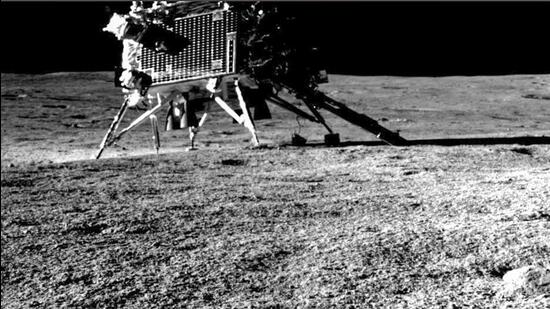QUICKREADS

Supermassive black holes have masses of more than a million suns – but their growth has slowed as the universe has aged
Pennsylvania, Black holes, supermassive ones, grow by consuming gas and merging with each other. X-ray data from Chandra, XMM-Newton, and eROSITA help estimate their growth rate. Supermassive black holes grew faster billions of years ago due to more available gas. Research continues to explore their growth in the early universe.

Potential presence of primitive lunar mantle materials on Chandrayaan-3 landing site: Study
Chandrayaan-3's landing site revealed high sulphur levels, suggesting presence of primitive lunar mantle materials from the South Pole-Aitken basin's formation 4.3 billion years ago, offering insights into early lunar evolution and composition.






